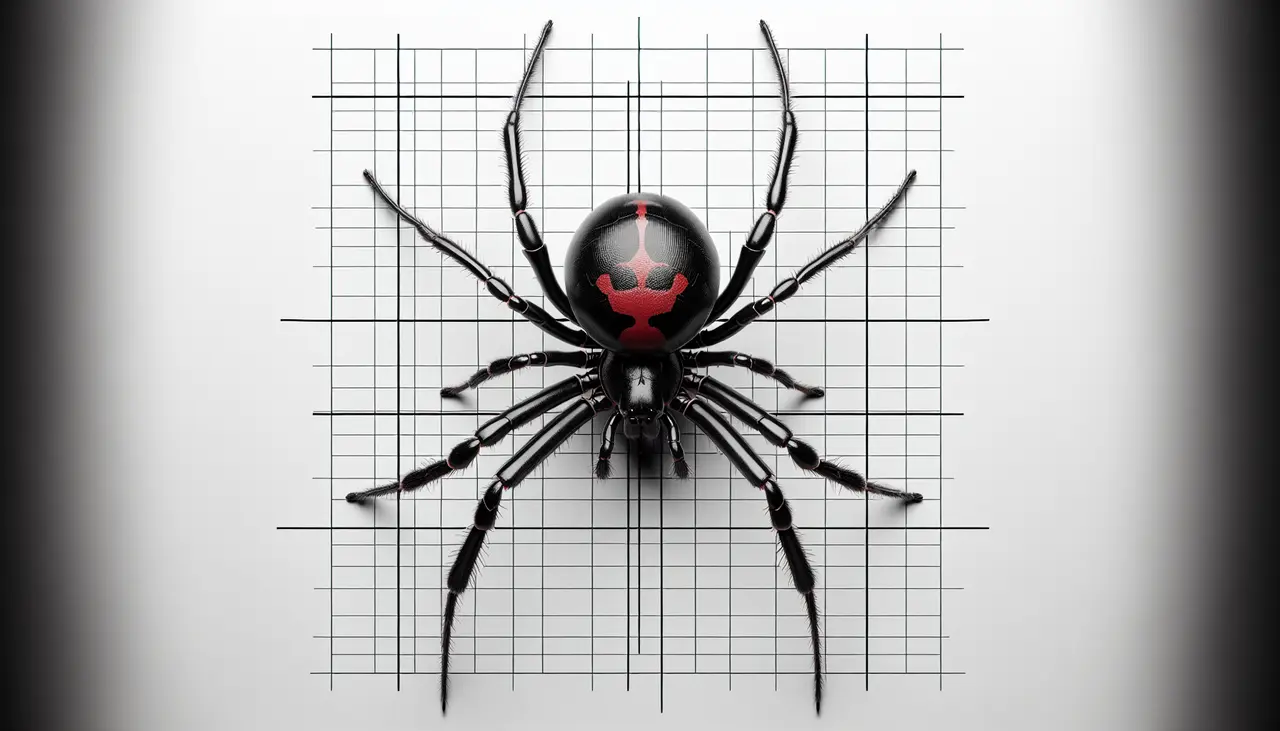Discovering a spider infestation in your home can be unsettling. Recognizing the signs early can help you take appropriate action. This blog will guide you through the top indicators that suggest your space might be host to these eight-legged intruders.
1. Increased Spider Sightings
If you start noticing more spiders than usual in your home, especially in places where they typically don’t appear, it may be a sign of an infestation. Spiders often retreat to hidden areas, making their sudden visibility alarming. You might catch a glimpse of them scurrying across the floor or weaving webs in the corners of ceilings. This uptick in spider activity commonly points to a burgeoning spider population.
Additionally, consider the species you are encountering. While some spiders are harmless and beneficial, assisting in pest control, others may pose risks. For instance, the presence of venomous varieties, such as black widows or brown recluses, requires immediate attention. Thus, the frequency of sightings can be your first crucial clue to an underlying issue that demands further investigation.
2. Webs in Unusual Places
Finding webs in areas like corners, behind furniture, or in the attic can indicate that spiders are establishing a presence in your home. These webs, often silk threads, are not just unsightly; they serve as a hunting ground for spiders, trapping unsuspecting insects. If you observe a buildup of webs over a short period, it’s a strong sign that spiders are becoming comfortable in their new habitat.
Moreover, pay attention to the type of web. Different spiders create various types of webs, such as funnel-shaped or orb webs. The size and structure of these webs can give valuable insights into the kind of spider you might be dealing with. If you’re finding such webs in areas that are frequently used, like doorways or windows, it’s high time to evaluate the extent of the infestation and take action.
Furthermore, neglected spaces often become hotspots for spider activity. Regularly cleaning these nooks can help prevent webs from forming. Failing to do so can lead to a more severe infestation that’s harder to control. Clear out those hidden places, and you might just thwart your eight-legged guests before they take full residence.
3. Presence of Spider Egg Sacs
Encountering spider egg sacs, often small and silken, can be a clear sign that spiders are not only present but are also breeding. These sacs can contain dozens, if not hundreds, of baby spiders poised to hatch. If you discover one, it’s critical to act promptly, as the offspring will contribute to an already growing population, making the situation harder to manage.
Typically, spider egg sacs are found in dark, secluded areas such as basements, closets, or corners of rooms. Their presence is especially concerning in warmer months when spiders are most active. Removing and disposing of egg sacs can curtail prospective infestations, but do so with caution. Ensure to wear gloves and, if possible, contain the sac safely to avoid a sudden emergence of hatchlings in your home.
4. Unexpected Bites or Itchy Skin
If you start experiencing unexplained bites or itchy skin, it could be an indication that spiders are taking refuge in your living space. While not all spider bites are harmful, their effect can range from mild irritation to severe allergic reactions. Therefore, if you notice a pattern of bites appearing overnight, it may suggest escapees from an unseen spider population are encountering you while you sleep.
This scenario prompts the need for immediate review of your living conditions. Check for overcrowding in corners or behind furniture, as these are common hiding spots for spiders and their mates. A thorough inspection could reveal nests or webs, indicating that your unwelcome guests are not simply passing through, but potentially planning to settle in.
5. Discovery of Prey Remnants
Finding dead insects or other small critters around your home may suggest that spiders are hunting, signaling an active infestation. This grim discovery is often the result of an ongoing ecosystem, where spiders are preying on other bothersome insects. Their presence can inadvertently highlight a pest problem that might have gone unnoticed. It’s a remarkable yet unsettling reminder of their voracious appetite.
Furthermore, consider the impact of natural pest control from the spiders. On one hand, they can help reduce unwanted pests, but on the other, their very presence invites their own issues. If you find an unusual number of insect remains, it may indicate that your home is becoming an inviting environment for spiders to thrive and reproduce.
Therefore, keep an eye on your surroundings: a surge in spider activity and an increase in their prey may create a vicious cycle. Balancing pest control methods and monitoring for spiders is crucial for maintaining a pest-free home while avoiding unwanted eight-legged guests.




